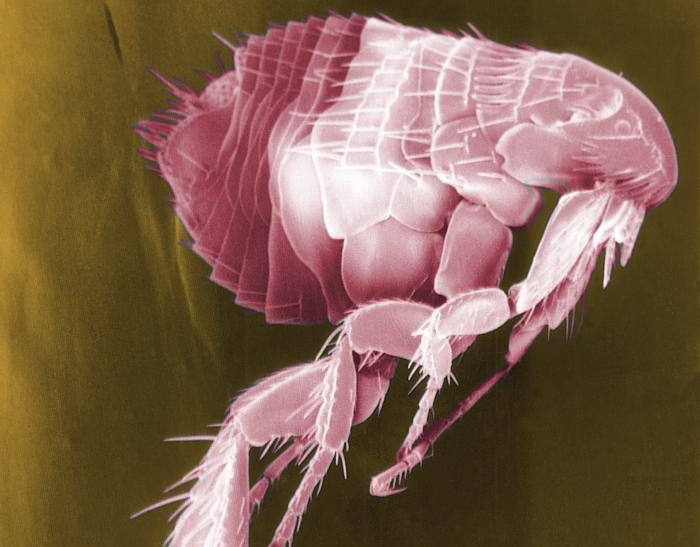3 People Have Caught Plague in New Mexico This Month

Three people in New Mexico have been infected with plague this month, which is close to the number of plague cases that the state saw in all of 2016, according to health officials.
This week, the New Mexico Department of Health (NMDOH) reported two cases of plague — one in a 52-year-old woman and one in a 62-year-old woman, both living in Santa Fe County, in the northern part of the state. Earlier in June, the state reported a case of plague in a 63-year-old man, also living in Santa Fe County. All three people were hospitalized, but all of them survived, NMDOH officials said.
In 2016, New Mexico reported four cases of plague over the entire year, and in 2015, the state also reported four plague cases.
The plague, which is caused by a type of bacteria called Yersinia pestis, is perhaps best known for killing millions of people in Europe in the 1300s, in a pandemic called the Black Death. Today, the infection is relatively rare in the United States, with an average of seven plague cases reported yearly in the U.S. between 1970 and 2012, according to the Centers for Disease Control and Prevention. In 2015, there was an unusually high number of plague cases in the United States — 16 in total, according to the CDC.
The U.S. cases occur mostly in the Southwest, particularly in New Mexico, Arizona and Colorado. In fact, typically, half of all U.S. plague cases occur in New Mexico, NMDOH officials said. Most cases occur between early spring and late fall, according to the CDC. [10 Deadly Diseases That Hopped Across Species]
Plague is carried by rodents and their fleas, and most often, the disease is transmitted to humans through fleabites. Symptoms of plague include sudden fever, chills, headache and weakness. (However, these symptoms can be caused by many other conditions.) People also may experience painful swelling in the groin, armpit or neck areas.
Without treatment, plague causes death in about 60 to 90 percent of cases, according to a recent paper from the CDC. However, with the antibiotic treatments available today, the death rate has dropped to about 16 percent.
Get the world’s most fascinating discoveries delivered straight to your inbox.
NMDOH workers are now investigating the environment around the plague patients' homes, to look for possible risk factors for plague and to ensure the safety of the neighbors and family in the area.
To prevent plague, the CDC recommends reducing rodent habitats around your home, wearing insect repellent if you think you could be exposed to rodent fleas while outdoors, and keeping fleas off your pets by using flea control products.
Original article on Live Science.

Rachael is a Live Science contributor, and was a former channel editor and senior writer for Live Science between 2010 and 2022. She has a master's degree in journalism from New York University's Science, Health and Environmental Reporting Program. She also holds a B.S. in molecular biology and an M.S. in biology from the University of California, San Diego. Her work has appeared in Scienceline, The Washington Post and Scientific American.



